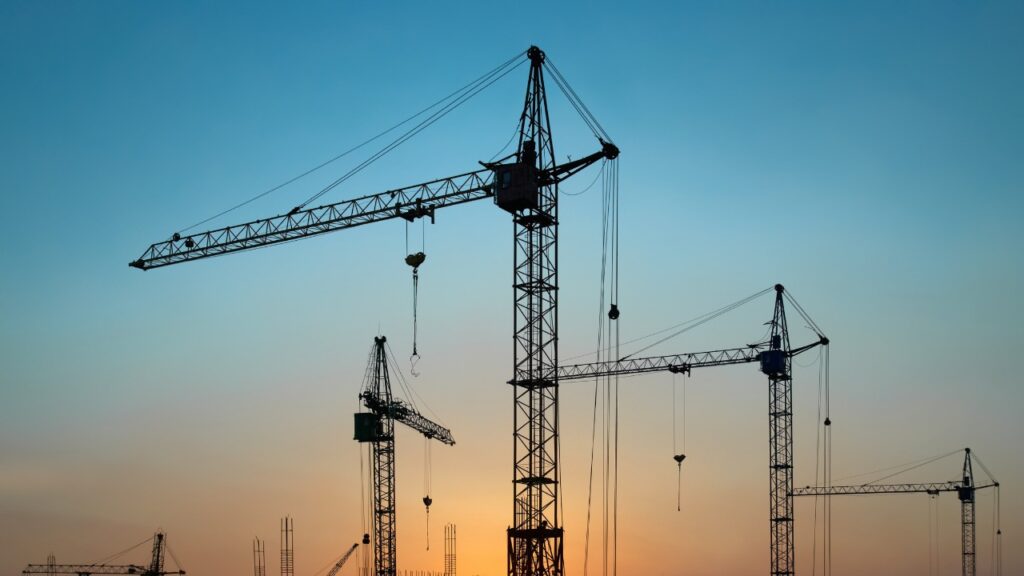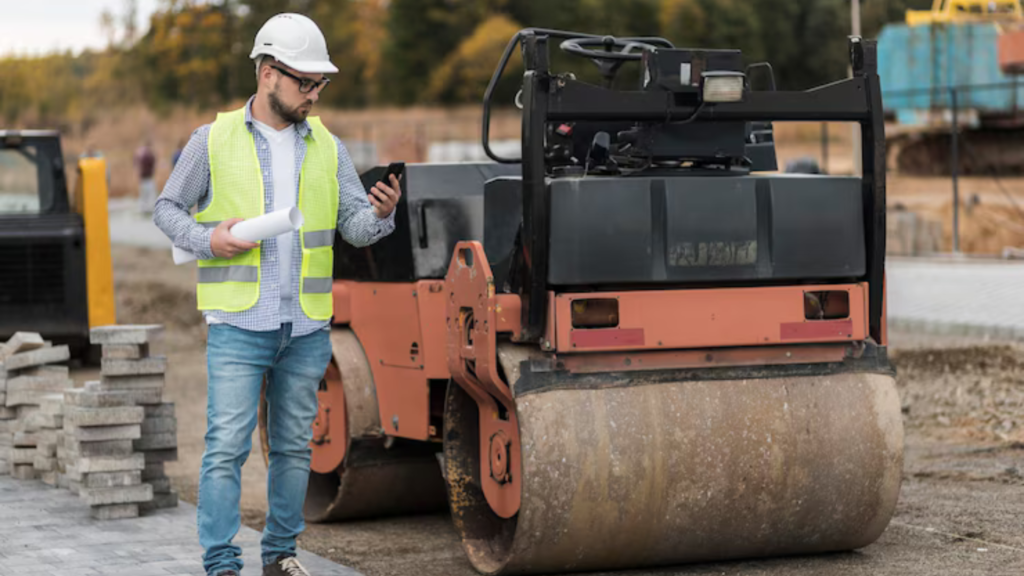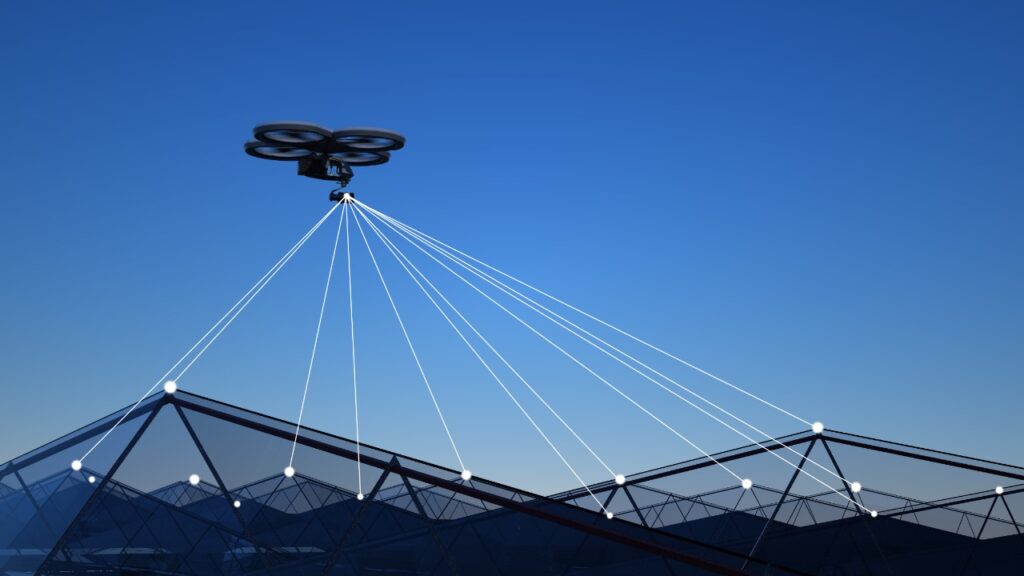Future of Highway Infrastructure: Smart Roads and Sustainable Materials
Highway infrastructure plays a pivotal role in shaping a nation’s economic and social landscape. As the world evolves, so does the need for innovative, sustainable, and intelligent road systems. This blog explores the future of highway infrastructure, focusing on benchmark projects, sustainable materials, and the integration of smart technologies. The world is witnessing a transformative era in highway infrastructure development. From monumental projects that redefine connectivity to sustainable materials and smart road technologies, the journey towards a greener, more efficient future is well underway. This blog delves into some of the most remarkable global milestones in road infrastructure, highlights cutting-edge sustainable materials, and explores the potential of smart roads. Benchmark Mega Highway Projects Global Milestones in Highway Infrastructure Germany’s Autobahn Location: Germany Started: 1930s (with continuous updates) Details: Renowned for its no-speed-limit sections, the Autobahn is a marvel of engineering and efficiency. It features robust asphalt layers and an advanced drainage system that ensures year-round operability. Companies: Heavy equipment rentals were provided by Liebherr and MAN, pioneers in road construction machinery. Pan-American Highway Location: Spanning North and South America Started: 1936 Details: The Pan-American Highway, stretching 48,000 km, connects nearly every country in the Americas. It traverses diverse terrains, including mountains, forests, and deserts, making it an engineering masterpiece. Companies: Equipment rentals from Caterpillar played a key role in its construction. Golden Quadrilateral Highway Project Location: India Started: 2001 Details: This 5,846-km network connects India’s four major cities—Delhi, Mumbai, Chennai, and Kolkata—boosting economic growth and connectivity. Companies: Heavy machinery from Tata Hitachi and L&T contributed significantly to the project. Shanghai-Ningbo Bridge Highway (Hangzhou Bay Bridge) Location: China Started: 2003 Details: A 36-km marvel over Hangzhou Bay, this project combines functionality and aesthetics. It shortens travel time between major economic hubs. Companies: Construction equipment was supplied by the SANY Group. Highway 407 ETR Location: Canada Started: 1990s Details: As North America’s first all-electronic toll highway, this project revolutionized traffic management with seamless toll collection. Companies: John Deere and Komatsu provided essential construction equipment. Route 66 Location: USA Started: 1926 Details: An iconic highway that symbolizes American culture, Route 66 spans 3,940 km, connecting Chicago to Los Angeles. Companies: Equipment from Caterpillar played a pivotal role in its construction. A1 Highway Location: United Kingdom Started: 1920s Details: The UK’s longest numbered road, the A1, blends history with modern technology, integrating advanced traffic management systems. Companies: JCB and Volvo CE contributed to its modernization. East Coast Parkway (ECP) Location: Singapore Started: 1970s Details: This expressway exemplifies urban planning with greenery integration and efficient drainage systems, ensuring minimal environmental impact. Companies: Heavy equipment by Hitachi supported its construction. Doha Expressway Location: Qatar Started: 2010 Details: Built to enhance infrastructure for the FIFA World Cup 2022, this project demonstrates world-class engineering. Companies: Hyundai Heavy Industries played a crucial role. Riyadh Metro Access Roads Location: Saudi Arabia Started: 2015 Details: Aimed at improving urban mobility as part of Vision 2030, these roads enhance connectivity to Riyadh Metro stations. Companies: Caterpillar and Volvo provided critical equipment. Highway Infrastructure in Numbers Over 25 million km of roads exist globally, with approximately 12 million km paved. The USA has the world’s largest road network, spanning over 6.8 million km. China invests $1.3 trillion annually in road infrastructure development. India’s highway construction rate is 37 km/day, the fastest globally. Europe’s smart road projects are projected to grow by 15% annually. Japan spends 5% of its GDP on infrastructure, emphasizing earthquake-resistant roads. Global road infrastructure spending is expected to exceed $2.6 trillion by 2030. 75% of EU roads will feature smart technology by 2035. The Trans-Siberian Highway spans over 11,000 km, connecting Russia from east to west. Electric vehicle (EV) lanes are under development in more than 20 countries. Sustainable Materials in Highway Infrastructure Top 5 Sustainable Materials Recycled Asphalt Pavement (RAP) RAP is derived from reclaimed asphalt material, typically collected from older roadways. It is crushed, processed, and reused in new pavement projects. RAP helps reduce waste, lowers the cost of materials, and minimizes reliance on virgin asphalt. This also decreases the demand for quarrying natural resources, promoting a circular economy. It’s estimated that using RAP can reduce asphalt production by over 50% and cut carbon emissions significantly. Geosynthetics Geosynthetics are polymer-based materials like geomembranes, geogrids, and geotextiles, which are used in road construction for reinforcing soils and improving structural integrity. These materials enhance road durability, help in the prevention of erosion, and improve drainage. By strengthening soil layers, geosynthetics extend the lifespan of roads and reduce the frequency of maintenance. They also reduce the need for traditional construction materials like gravel or sand, making roadbuilding more resource-efficient. Fly Ash Fly ash is a byproduct of coal combustion in power plants and is often used in concrete production as a partial substitute for cement. Fly ash enhances concrete’s strength and durability while reducing the reliance on traditional cement, which is energy-intensive to produce. Its use in road construction can significantly reduce CO2 emissions associated with cement manufacturing, contributing to more sustainable construction practices. Additionally, fly ash is inexpensive and helps in diverting industrial waste from landfills. Plastic Waste Materials Shredded plastic waste, often sourced from single-use plastics, is mixed with bitumen to form an alternative road construction material. This process not only diverts millions of tons of plastic waste from landfills but also improves the durability and resilience of roads. Roads made from plastic-modified bitumen are more resistant to wear and tear, cracking, and the effects of extreme weather. This approach also offers a solution to the global plastic waste problem while enhancing the infrastructure’s longevity and strength. Permeable Concrete Permeable concrete is a type of concrete that has a high porosity, allowing water to pass through the surface and into the ground below. This material is key in preventing urban flooding, as it allows rainwater to infiltrate the ground, reducing runoff and waterlogging. Permeable concrete helps recharge groundwater levels and minimizes the
Future of Highway Infrastructure: Smart Roads and Sustainable Materials Read More »









